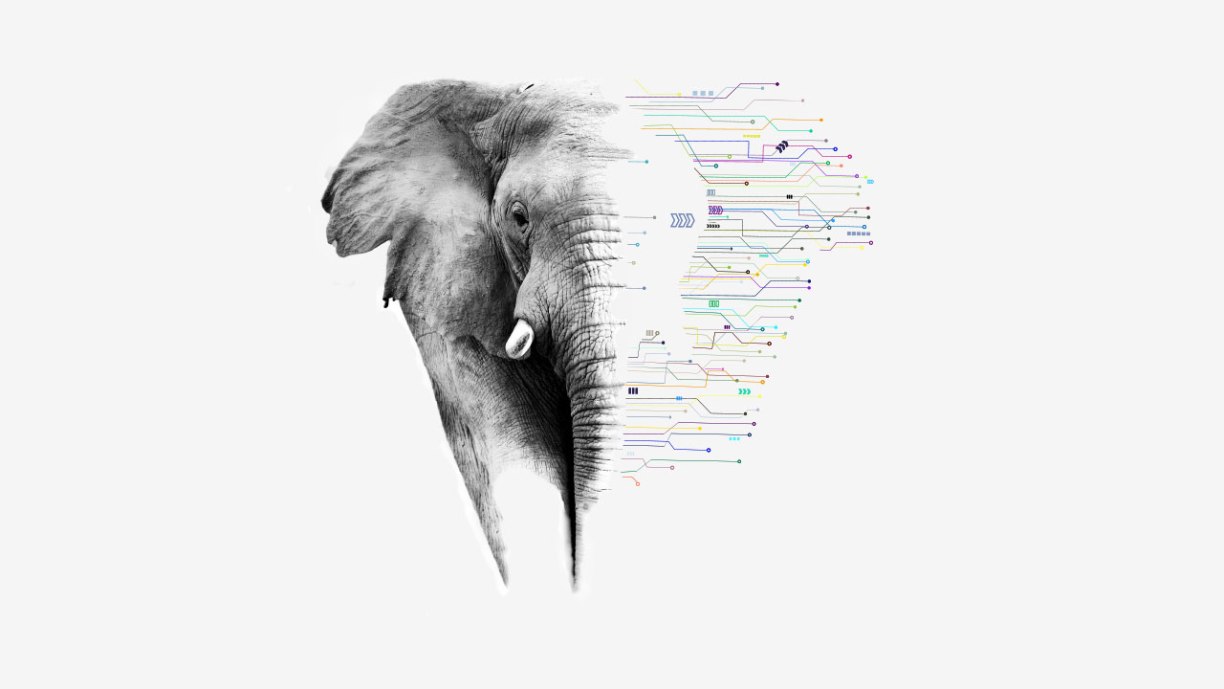Corelight + Chronicle Backstory: Technology integration brings all the right data at the right time for customers
Chronicle launched Backstory, a new security analytics platform, and we are pleased to share that Corelight is part of the Chronicle Index Partner...
